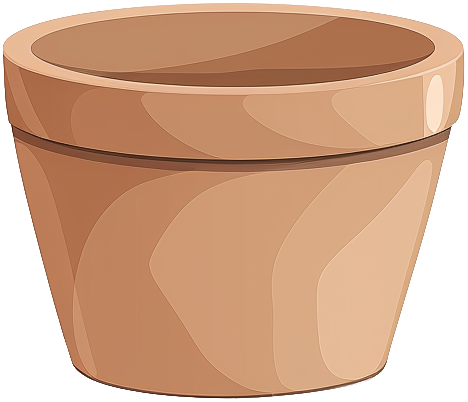- disocactus
- anguliger

disocactus
anguliger
anguliger
Care level
Medium
Popularity
Moderate
This fish bone cactus stands out for its distinctive flattened stems with deep, wavy notches that resemble the spine of a fish. Unlike other Disocactus species, it produces large, fragrant white flowers that open at night and last only one day, making each bloom a special event.
Care & maintenance
Light
Bright light, usually located near windows but doesn't receive direct rays for more than an hour during the day.
Temperature
Wide range (50°F - 84.2°F)
Fertilization frequency
Low
Once per season.
Soil
Choose a Epiphyte mix: An extremely well-draining, airy substrate that mimics tree bark. Allows roots to breathe while providing intermittent moisture.
If you want to create your own substrate, you can make a mixture of the following soils:
Click on the soil name for more information.
Pot

Wide/Shallow
Prefer a pot that is wider than it is deep.
Incorrect or incomplete information?
In our goal of building the best plant database, we sometimes make mistakes or have incomplete information. You can help us fill these gaps!
Features
Size & growth
Medium
Trailing
Moderate growth
This plant grows at a moderate rate. It can reach 1 to 3 feet in height or spread.
It spreads horizontally, often along the ground.
Toxicity
| Cat | |||
|---|---|---|---|
| Dog | |||
| Human |
Reproduction & propagation
Fruits & flowers
Flowering & not self-pollinating
The disocactus anguliger can produce flowers and therefore fruits.
This plant is not capable of self-pollination, it will not be able to produce fruits if it is not pollinated by another individual.



